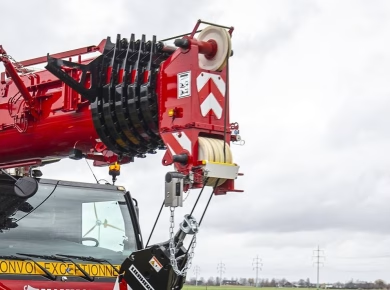Nothing quite prepares you for the intensity of a bustling construction site, where every decision can have immediate and life-altering consequences. As a veteran in the safety training field, I’ve seen how critical it is for every worker to not only know the risks but also to actively engage in creating a culture of safety. However, the reality is that many safety care training programs often feel like they’re just checking boxes rather than genuinely empowering workers. This disparity can lead to a dangerous complacency that undermines the very purpose of safety training.
Understanding Safety Care Training
Safety care training encompasses a variety of programs aimed at equipping workers with the knowledge and skills necessary to perform their jobs safely. This includes everything from understanding the correct use of personal protective equipment (PPE) to recognizing hazards in the workplace. The intention behind these programs is noble: to protect lives and reduce accidents. Yet, I’ve often found that the execution can be lackluster, leading to disengagement among workers.
The Importance of Real-World Scenarios
One of the most effective ways to make safety training resonate is by incorporating real-world scenarios. When workers can see the relevance of what they’re learning, they’re more likely to internalize the information. For instance, during a recent safety training session, we reviewed a case study involving a scaffold collapse. We analyzed what went wrong, the safety measures that could have been implemented, and the consequences of negligence. This approach not only sparked meaningful discussion but also allowed employees to visualize their own roles in maintaining a safe environment.
Beyond Compliance: Creating a Safety Culture
The challenge isn’t merely about compliance with regulations; it’s about fostering a genuine safety culture. This requires leadership commitment and consistent reinforcement of safety practices. I’ve observed that when management actively participates in safety training, it sends a powerful message that safety is a priority, not just a checkbox on a list.
Empowerment Through Engagement
Empowering workers to take ownership of their safety often starts with involving them in the training process. This could mean encouraging feedback on safety procedures or allowing employees to lead portions of training sessions. For example, in a recent project, we established a safety committee made up of workers from various trades. Their insights into daily operations were invaluable, leading to improvements in our safety protocols that might not have been considered from a top-down approach.
Adapting Training to Diverse Learning Styles
We all learn differently, and safety training should reflect that diversity. Some workers may benefit from hands-on demonstrations, while others might prefer written materials or visual presentations. I’ve implemented a mixed approach in my training sessions, combining videos, hands-on exercises, and group discussions. This not only caters to different learning styles but also keeps the training dynamic and engaging.
Assessing Understanding
An often overlooked aspect of training is assessing whether workers truly understand the material. Simple quizzes or practical tests can help gauge knowledge retention. However, I’ve found that informal “check-in” discussions can be just as effective. Asking open-ended questions about safety protocols not only reinforces learning but also encourages workers to express any uncertainties they might have.
The Role of Continuous Improvement
Safety training shouldn’t be a one-time event; it’s an ongoing process that requires regular updates and revisions. The field of safety is ever-evolving, with new regulations, technologies, and best practices emerging constantly. I encourage organizations to adopt a continuous improvement mindset, actively seeking to enhance their training programs. This might involve soliciting feedback after each session or staying abreast of industry trends to ensure that training remains relevant and effective.
Utilizing Technology for Enhanced Learning
With the advent of technology, there are more tools than ever to enhance safety training. Virtual reality simulations can provide immersive experiences that allow workers to practice safety protocols in a controlled environment. I recently piloted a VR training module for hazardous material handling, and the results were impressive—participants reported increased confidence and retention of the information.
Conclusion: Striving for Authentic Empowerment
Safety care training should be about more than compliance; it’s an opportunity to empower workers to take an active role in their safety and that of their colleagues. By fostering a culture of engagement, adapting to diverse learning styles, and committing to continuous improvement, we can create an environment where safety is ingrained in the workflow. As professionals in the construction and safety fields, we have a responsibility to ensure that our training programs are not just about ticking boxes but are genuinely designed to empower workers. When we invest in meaningful safety care training, we’re not just protecting lives; we’re cultivating a culture where safety is a shared value—one that resonates throughout every level of the organization.



